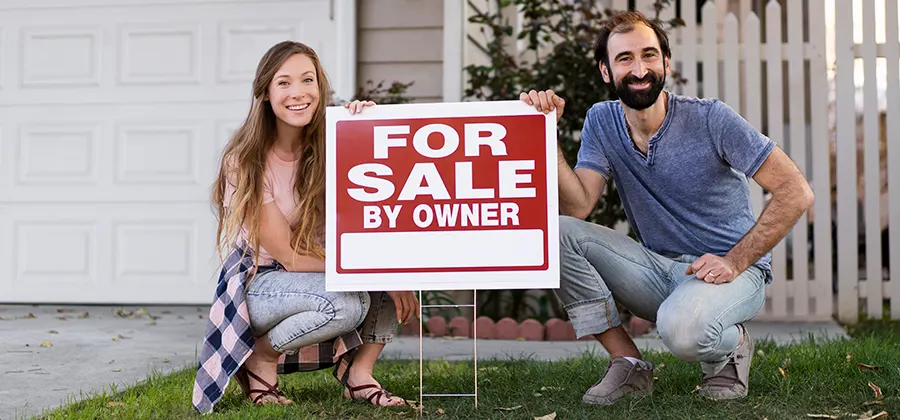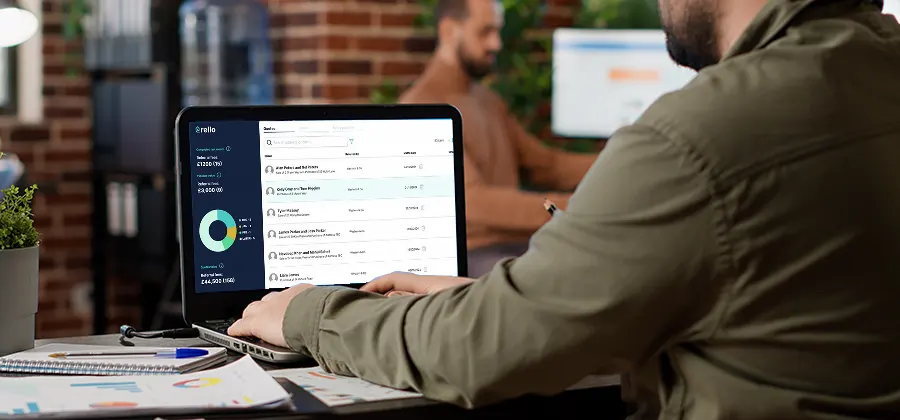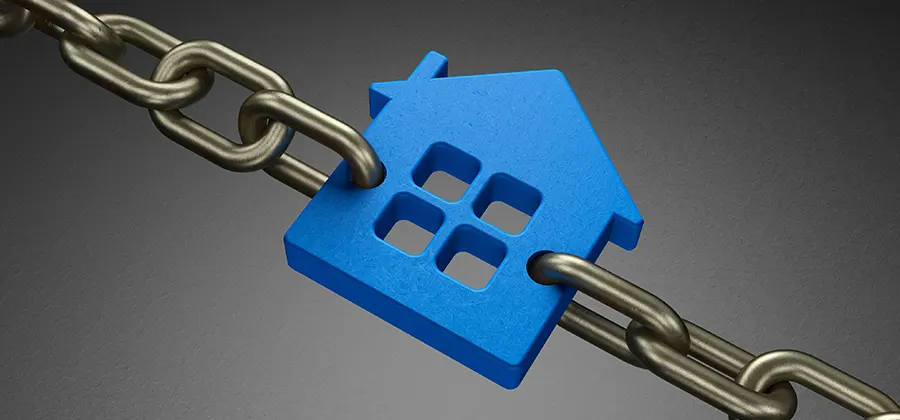
What is Conveyancing for Home Movers?
Conveyancing is the legal process of transferring property ownership during home buying or selling. It involves drafting contracts, conducting searches, and ensuring both parties meet legal requirements, making it essential for a smooth move.
|
If you haven’t bought or sold a property before, you may not have encountered the term conveyancing.
Put simply, conveyancing is the legal process involving the transfer of ownership of a property.
It seems simple enough, but there are a few things that you should know to ensure the conveyancing process is as smooth as possible.
What is Conveyancing?
Conveyancing guarantees that when a person purchases a property, they won’t face any unexpected liabilities. This process primarily covers three issues: encumbrances, disputes, and legal restrictions.
Encumbrances cover any claim, mortgage or debt attached to a property.
For example, if a seller has a mortgage attached to a property, conveyancing will ensure that this mortgage the seller fully pays this off so that the buyer doesn’t inherit the debt.

Disputes can be any legal challenges that the property is currently facing. They could be as simple as a boundary claim between neighbours or more complex, such as a dispute over inheritance and who rightly owns a property.
Finally, the conveyancing process will also clarify or rectify any property’s legal restrictions. Normally, this will outline any protections that may affect how a buyer uses a property, such as a grade two listing or any local regulations that dictate how you, as a property owner, can use the property’s land.
Who does Conveyancing?
In the UK, two types of legal professionals can legally handle the conveyancing process. You must go through these channels to prevent any further legal issues and ensure a quality outcome.
A conveyancing solicitor is a fully qualified lawyer who holds a certificate granted by the Solicitors Regulation Authority (SRA).
Solicitors normally specialise in property law, but they may also focus on other aspects outside of conveyancing daily.

A licensed conveyancer, who is a specialist legal professional who focuses only on conveyancing, can also handle the process.
The Council for Legal Conveyancers (CLC) licenses and regulates these professionals.
What is the conveyancing process?
The conveyancing process is rarely simple. A solicitor must go through a multi-step workflow to ensure a compliant and complete result.
Instruction stage
The first stage is known as the instruction stage.
This process ensures that both the buyer and seller are legitimate and have no liabilities that may disrupt a deal. In practice, this will require you to provide proof of identification, bank details, and any information you have about the property.
Once this is all confirmed, the conveyancing process moves to what is known as the pre-contract stage.
Pre-contract stage
In the pre-contract stage, a [seller’s] conveyancer’s role is to produce a contract pack.
This pack consists of documents containing all information about the property and a draft of the sales contract itself. A conveyancer will get the title deeds from the HM Land Registry, which details the property’s boundary, ownership, and any mortgages it is currently facing.
It’s also common for conveyancers to do their due diligence outside the HM Land Registry.
For example, they will find any planning permission certifications, guarantees for recent work completed, details of any disputes, and any pressing environmental reports, such as potential hazards.
The seller must also complete three forms: TA6, TA10, and TA7.

Exchange of contracts stage
Once the contract pack has been completed, the buyer and the seller will exchange it.
The buyer’s solicitor will then have a period to review it and make any adjustments they feel needed, such as extra insurance, before moving forward with a property transaction.
Once both parties agree, they sign the contracts, and the buyer pays a deposit.
Contracts are also exchanged between conveyancers, making the agreement legally binding. This is known as the ‘Exchange of contracts’ or simply ‘Exchange’.
Completion stage
After Exchange the process moves to the Completion stage.
On the agreed date, the buyer’s conveyancer transfers the remaining purchase price balance to the seller’s conveyancer.
The seller then signs a TR1 form, and legal ownership is transferred.
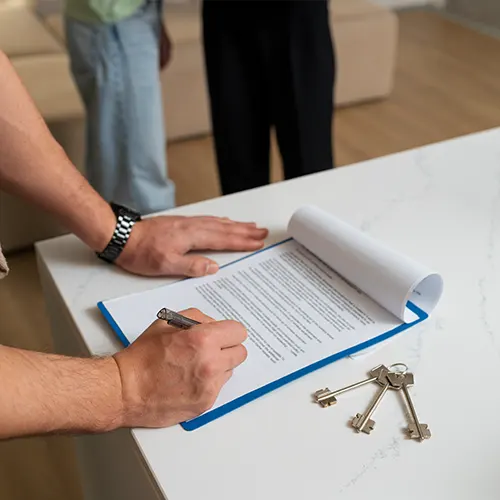
Once the deal is completed, the conveyancer on the buyer’s side still has a few responsibilities.
Firstly, calculating and paying any stamp duty land tax to HMRC and finally completing registration through submitting a TR1 form and any supporting documents to HM Land Registry.
What costs are Involved?
Conveyancing costs are determined by the solicitor you contact and the amount work a conveyancer will have to do.
However, according to the conveyancing publication Today’s Conveyancer, the average cost of conveyancing is now £1,567.
How can I be sure my conveyancing process goes smoothly?
If this is your first time buying or selling property, the conveyancing process can be intimidating.
You may be worried that a solicitor will find something that causes a deal to fall through.
However, you can do a few things to help ensure the conveyancing process is as smooth as possible.
Having a good understanding of the conveyancing process can also help ensure success.
Expecting potential delays and having the funds available for any potential surveys and legal disputes can prevent any unexpected events from disrupting the deal from moving forward.
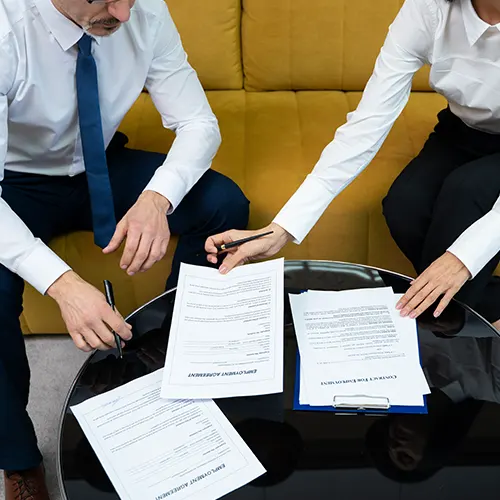
Clear and prompt communication can also help the conveyancing process, as quickly signing documents and responding to solicitor questions will mitigate potential delays.
Finally, you can ensure a smooth conveyancing process by being diligent about who you choose to carry it out with. As mentioned, solicitors who are SRA or CLC licensed are generally considered the industry standard.
It’s also worth trying to find solicitors who have a low case load so they can commit full focus to your conveyancing process.
How Can Rello Help?
Conveyancing is stressful, and nearly one-third of all UK property deals fall through during this period. We designed Rello to help eliminate the stress and make property transactions easy.
Rello’s sales progression tool removes all the responsibility from your conveyancing process. Rello can communicate with all parties in the property chain and give you real-time insights without requiring you to call and email asking for updates.
Rello can also connect you with top-tier SLA and CRC-licensed conveyancing professionals who meet strict quality criteria.
Let us show you how Rello helps with the conveyancing process.
